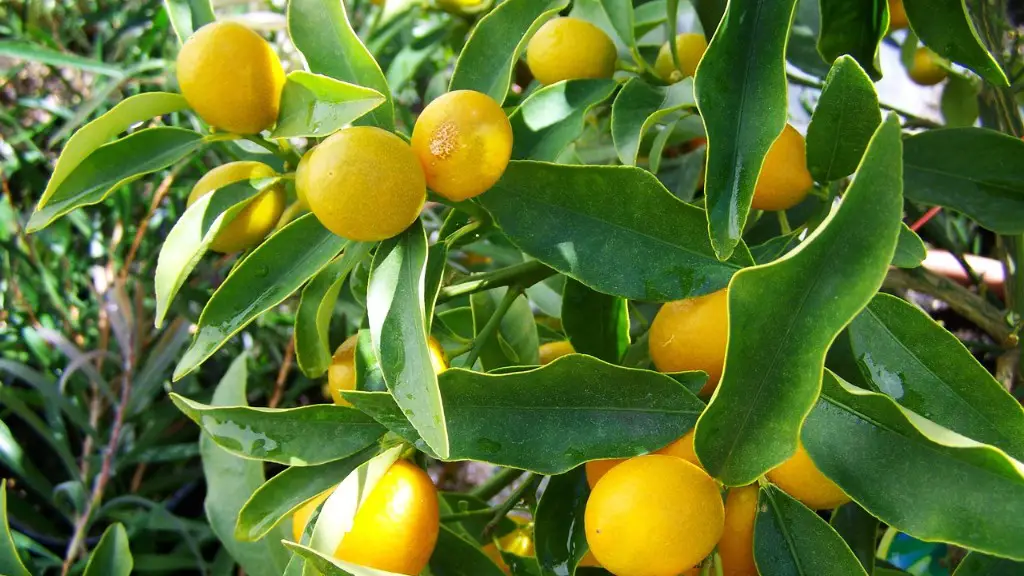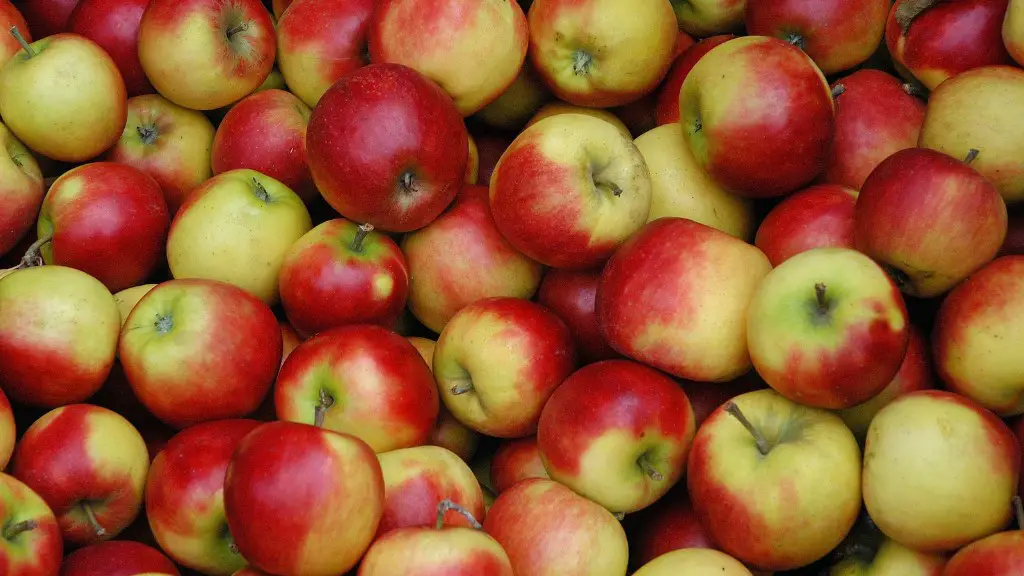It is important to prune a lemon tree in order to ensure healthy growth and optimal crop yields. The best time to prune a lemon tree will depend on the climate and your tree’s seasonality. Generally speaking, pruning a lemon tree in late winter or early spring when it is actively growing is ideal. This helps the tree make the most of the dormant season and takes advantage of the increased nutrient availability. Additionally, pruning in the late summer or early fall ensures any wound inflicted by the pruning process has time to heal before the cold of winter.
When Pruning A Lemon Tree
When pruning a lemon tree, it is important to use sharp, clean pruning shears. Dull shears can leave jagged edges that increase the risk of infection. Pruning should always be performed when the tree is dry in order to reduce the risk of spreading any pathogens or diseases. It is also important to prune selectively, removing only those branches that are diseased, dead, weak, or broken. Routine pruning should be done in order to control the shape and size of the tree, remove any dead or dying branches, and to improve light and air penetration.
When Pruning Large Branches
When pruning large branches, it is important to use proper technique to prevent damage to the tree. Begin by making three cuts: the first cut should be made at the base of the branch, while the second and third cuts should be made higher up, just outside the branch collar. This will prevent the branch from tearing against the tree and reduce the risk of damage. Check for dead, diseased, weak or broken branches and prune them as needed.
Tools Needed To Prune A Lemon Tree
In order to successfully prune a lemon tree, you’ll need the following items: sharp pruning shears, hand saw, long-handled pole pruner, and protective gloves. Pruning shears are used for making clean, precise cuts, and a handsaw can be used for cutting large branches. A pole pruner can be used to reach higher branches, and protective gloves can be worn to protect your hands from cuts or scratches.
The Benefits of Pruning a Lemon Tree
Pruning a lemon tree can bring many benefits. For instance, it can help the tree to produce larger lemons and a higher yield of fruit. Pruning also encourages healthier growth, and can help to reduce the risk of disease. Additionally, pruning your lemon tree can help to improve the quality of sunlight and air penetration, which can contribute to better growth in your tree.
Tips for Pruning a Lemon Tree
When it comes to pruning your lemon tree, there are a few things to keep in mind. Firstly, make sure to only prune healthy branches of your tree in order to avoid spreading disease. Secondly, make sure to use the appropriate tools for the job, such as pruning shears, handsaw, and pole pruner. Lastly, always prune selectively and remove only those branches that are dead, diseased, weak, or broken in order to improve the overall health of your tree.
A Follow-Up Pruning
It is important to follow up with a second pruning to ensure that the tree continues to remain healthy. The second pruning should be done in the late summer or early fall in order to keep the tree in balance. During this pruning, make sure to prune any branches that are dead, diseased, weak, or broken. Additionally, make sure to selectively prune in order to control the tree’s shape and size, and to improve light and air penetration.
The Frequency of Pruning
The frequency of pruning a lemon tree will depend on the type of tree and the climate it is growing in. Generally speaking, pruning should be done once every one to three years. Pruning should also be done when the tree is actively growing, typically in late winter or early spring. Regular pruning ensures that the tree remains healthy and produces a good crop of lemons.
The Proper Cut When Pruning a Lemon Tree
When pruning a lemon tree, it is important to make the proper cut. Make sure to use sharp, clean pruning shears, and cut back any branches that are dead, dying, weak, or broken. It is also important to use the three-cuts method when pruning larger branches. This method involves making two cuts higher up on the branch, outside of the branch collar, followed by a cut at the base of the branch. Doing this will help to prevent any tearing and minimize the risk of damage.
Assessing Tree Health After Pruning
It is important to assess the tree’s health after pruning in order to ensure that the tree is continuing to grow properly. If the tree is looking unhealthy after pruning, it is best to consult a tree care specialist to diagnose and treat any issues. As well, it is important to follow up with proper pruning care, such as regularly pruning dead and diseased branches, and to ensure that the tree is getting adequate light and water.

